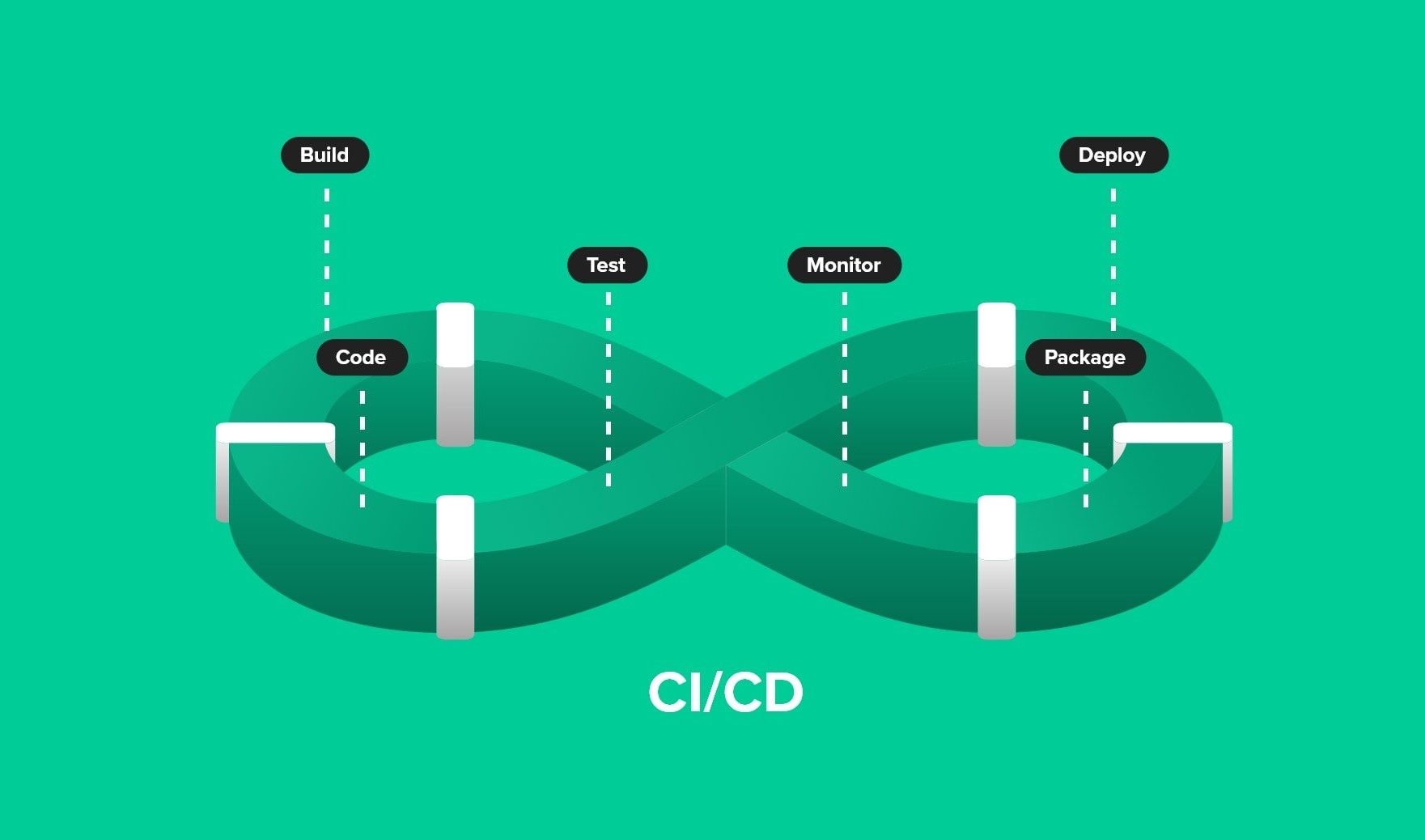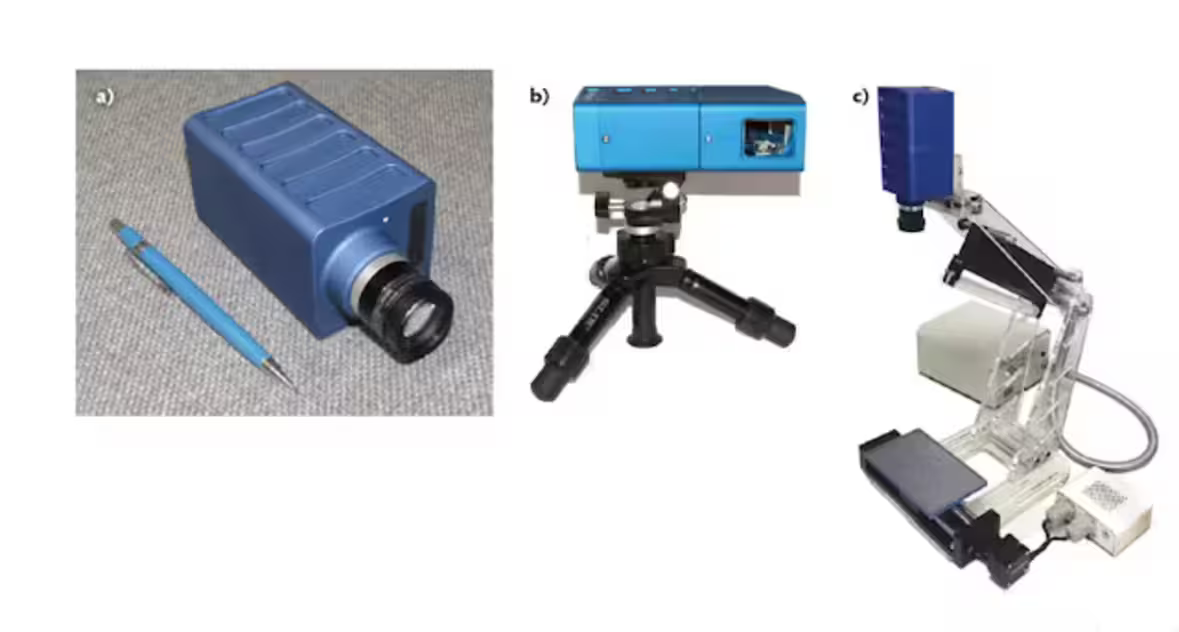Cannabis Seeds: How to Breed Your Own Strains
Cannabis seeds are the foundation of any successful cannabis cultivation endeavor. These small, oval-shaped seeds, typically measuring 3 to 4 mm in height and 1.5 to 2 mm in width, contain the genetic blueprint necessary for the growth and development of cannabis plants1. The quality of cannabis seeds plays a crucial role in determining the overall health, yield, and potency of the plants. High-quality seeds are characterized by their robust genetics, which ensure stability, resistance to diseases and pests, and the ability to thrive in various climatic conditions.
One of the key aspects of cannabis seeds is their genetic diversity. Each seed has the potential to grow into a unique plant with distinct characteristics, flavors, and effects. This diversity is a result of the complex genetic makeup contained within the seed, which includes the embryo, albumen, and radicle. The albumen serves as the nutritional reserve that sustains the embryo until germination, while the radicle is the embryonic root from which the plant’s root system develops.
When selecting cannabis seeds, growers must consider several factors to ensure they choose the best seeds for their specific needs. These factors include the strain, which determines the plant’s growth characteristics and cannabinoid profile, and the type of seed, such as feminized, regular, or autoflowering. Feminized seeds are engineered to produce only female plants, which are prized for their resinous buds. Autoflowering seeds, on the other hand, begin flowering automatically after a certain period, regardless of light cycles, making them ideal for growers seeking a quicker harvest.
The germination process is a critical step in cannabis cultivation. There are various methods to germinate cannabis seeds, including the paper towel method, direct planting, and using germination stations. Proper germination ensures that the seeds sprout into healthy seedlings, which can then be transplanted into their growing medium. Once germinated, the seedlings require careful attention, including adequate light, water, and nutrients, to develop into robust plants.
In conclusion, cannabis seeds are the cornerstone of successful cannabis cultivation. Their genetic diversity, quality, and proper handling significantly impact the growth and yield of cannabis plants. By selecting high-quality seeds, employing effective germination techniques, and ensuring proper storage, growers can maximize their chances of cultivating healthy, productive cannabis plants.
Cannabis Seeds: How to Breed Your Own Strains
Cannabis seeds are the foundation of any successful cannabis cultivation endeavor. These small, oval-shaped seeds, typically measuring 3 to 4 mm in height and 1.5 to 2 mm in width, contain the genetic blueprint necessary for the growth and development of cannabis plants1. The quality of cannabis seeds plays a crucial role in determining the overall health, yield, and potency of the plants. High-quality seeds are characterized by their robust genetics, which ensure stability, resistance to diseases and pests, and the ability to thrive in various climatic conditions.
One of the key aspects of cannabis seeds is their genetic diversity. Each seed has the potential to grow into a unique plant with distinct characteristics, flavors, and effects. This diversity is a result of the complex genetic makeup contained within the seed, which includes the embryo, albumen, and radicle. The albumen serves as the nutritional reserve that sustains the embryo until germination, while the radicle is the embryonic root from which the plant’s root system develops.
When selecting cannabis seeds, growers must consider several factors to ensure they choose the best seeds for their specific needs. These factors include the strain, which determines the plant’s growth characteristics and cannabinoid profile, and the type of seed, such as feminized, regular, or autoflowering. Feminized seeds are engineered to produce only female plants, which are prized for their resinous buds. Autoflowering seeds, on the other hand, begin flowering automatically after a certain period, regardless of light cycles, making them ideal for growers seeking a quicker harvest.
The germination process is a critical step in cannabis cultivation. There are various methods to germinate cannabis seeds, including the paper towel method, direct planting, and using germination stations. Proper germination ensures that the seeds sprout into healthy seedlings, which can then be transplanted into their growing medium. Once germinated, the seedlings require careful attention, including adequate light, water, and nutrients, to develop into robust plants.
In conclusion, cannabis seeds are the cornerstone of successful cannabis cultivation. Their genetic diversity, quality, and proper handling significantly impact the growth and yield of cannabis plants. By selecting high-quality seeds, employing effective germination techniques, and ensuring proper storage, growers can maximize their chances of cultivating healthy, productive cannabis plants.






